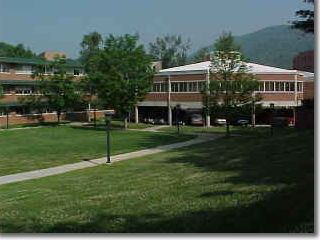Artifact # 3
Media Ethnography Project
Rationale: Media Ethnography Project
Context:
In the Spring Semester 2002, I had the chance to dig deep and find an interesting topic to explore in my internship school, Mabel Elementary. This project was for my Block 436 Media and Technology class. Some of my colleagues and I went into Mabel school and investigated how media influences and affects the students. We focused on the diversity exposed to the students in the school. I worked with five other peers in Block 436 who were also interning in the same school.Impact:
As I embrace the craft of teaching I could use this Media Ethnography to inform students of the diversities and also to become aware of the media influences. Teachers, parents, students, one and all could examine my Media Ethnography from Mabel Elementary School. Then they could think about the influences and diversities of their past, present, and future experiences from their personal and school lives. As far as using Media Literacy Ethnography to make others aware of my findings, it would be interesting to have the students observe their own surroundings and come up with a intriguing question to answer . This way students, teachers, and parents would not only benefit from becoming informed about media influence in the school and with children, but would also meet several North Carolina Standard Course of Study requirements addressing technology, language arts and writing.Alignment:
The Media Ethnography artifact was used to target learning media influences on children within the school environment. Data was collected regarding how students acquired information about their surroundings of diverse cultures, both local and national (through television/media). Various aspects of how media were represented was pondered, such as cartoon character clothing and school supplies. The method used to collect data was a questionnaire and digital camera. Using the digital camera allowed students to be caught in every day situations. The students were not aware that we were assessing their knowledge of diverse cultures. The data collected was presented by our group to our peers via power point. The power point included images that were seen daily by the students to influence them. The goal the Media Ethnography is trying to portray is to make us, as future teachers, more aware of the persuasion and influence that media has in students' lives. (Tech Standard IV. B) This Media Ethnography report focuses on how students could be persuaded to think and get information that may or may not be tainted by the media and/or environment. It is vital that students know that there are varied opinions that every person should realize. There are both positive and negative aspects of the media and technology. For example, a student might get the wrong impression about an African American or other race from parents or media. (Tech Standard VI. D)
